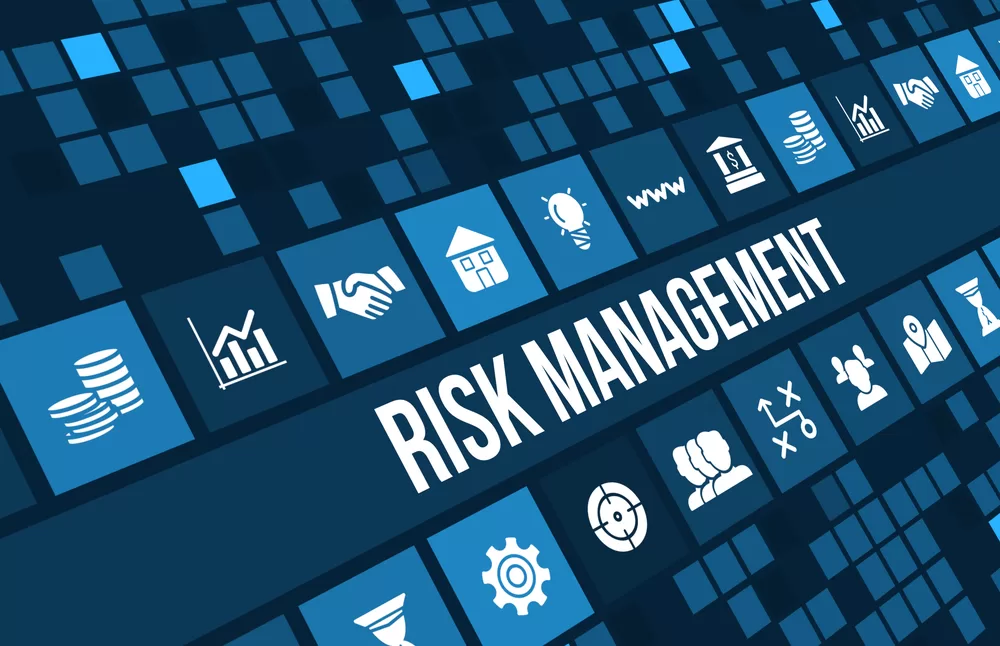
Cybersecurity Insurance Requirements
In an era dominated by digital technologies, the significance of cybersecurity has never been more apparent. As businesses increasingly rely on interconnected systems and store vast amounts of sensitive data, the risks associated with cyber threats continue to escalate. To mitigate these risks, many organizations opt for cybersecurity insurance. However, understanding and navigating the intricate landscape of cybersecurity insurance requirements can be challenging. In this article, we will explore essential considerations and steps to assist businesses in effectively managing cybersecurity insurance requirements.
Understanding Cybersecurity Insurance
Before going into the specifics, it’s essential to comprehend the nature of cybersecurity insurance. Also known as cyber insurance or cyber liability insurance, this type of insurance is designed to shield businesses from potential financial losses resulting from cyber-attacks or data breaches. It typically covers expenses related to legal fees, notifying affected parties, public relations efforts, and even financial losses due to downtime.
Assessing Your Cyber Risk Profile
An initial step in managing cybersecurity insurance requirements is evaluating your organization’s cyber risk profile. This entails identifying and assessing potential vulnerabilities, understanding the types of data you handle, and evaluating the potential impact of a cyber incident on your business operations. Insurance providers often mandate a thorough risk assessment before providing coverage. Collaborating with cybersecurity professionals or consultants during this phase can offer valuable insights and ensure a comprehensive evaluation of your cyber risk.
Meeting Minimum Security Standards
Insurance providers commonly impose minimum security standards that organizations must meet to qualify for coverage. These standards may include implementing specific cybersecurity measures such as firewalls, antivirus software, encryption, and providing regular security training for employees. Failure to meet these standards may lead to higher premiums or denial of coverage. Implementing robust cybersecurity practices, including regular software updates, vulnerability assessments, and incident response plans, is crucial to meeting these minimum-security standards.
Incident Response Planning
A well-defined incident response plan is a fundamental requirement for cybersecurity insurance. This plan outlines the steps your organization will take in the event of a cyber incident, aiming to minimize the impact and facilitate a quick recovery. Insurance providers often review and may even require approval of your incident response plan as part of the underwriting process. It’s essential to consider factors such as communication protocols, data breach notification procedures, and coordination with law enforcement when developing and updating the plan to address evolving cyber threats.
Employee Training and Awareness
Human error significantly contributes to cybersecurity incidents. Many insurance providers mandate organizations to implement ongoing employee training and awareness programs to reduce the risk of internal security breaches. Training should cover topics such as phishing awareness, password hygiene, and proper handling of sensitive information. Investing in employee education not only enhances cybersecurity posture but also demonstrates a commitment to mitigating human-related cyber risks.
Regular Security Audits and Assessments
Maintaining cybersecurity insurance coverage often requires organizations to undergo regular security audits and assessments. These evaluations help insurance providers ensure that the organization continues to meet the required security standards and identify any emerging vulnerabilities. Engaging third-party cybersecurity professionals to conduct regular audits provides an objective perspective on your security posture. Promptly addressing identified issues demonstrates a proactive approach to risk management and can positively impact insurance coverage terms.
As cyber threats evolve, staying informed about emerging risks and adjusting cybersecurity measures accordingly is crucial. Collaborating with cybersecurity experts and maintaining a proactive approach to risk management will not only protect your business from potential financial losses but also strengthen its overall resilience in the face of an ever-changing threat landscape.











